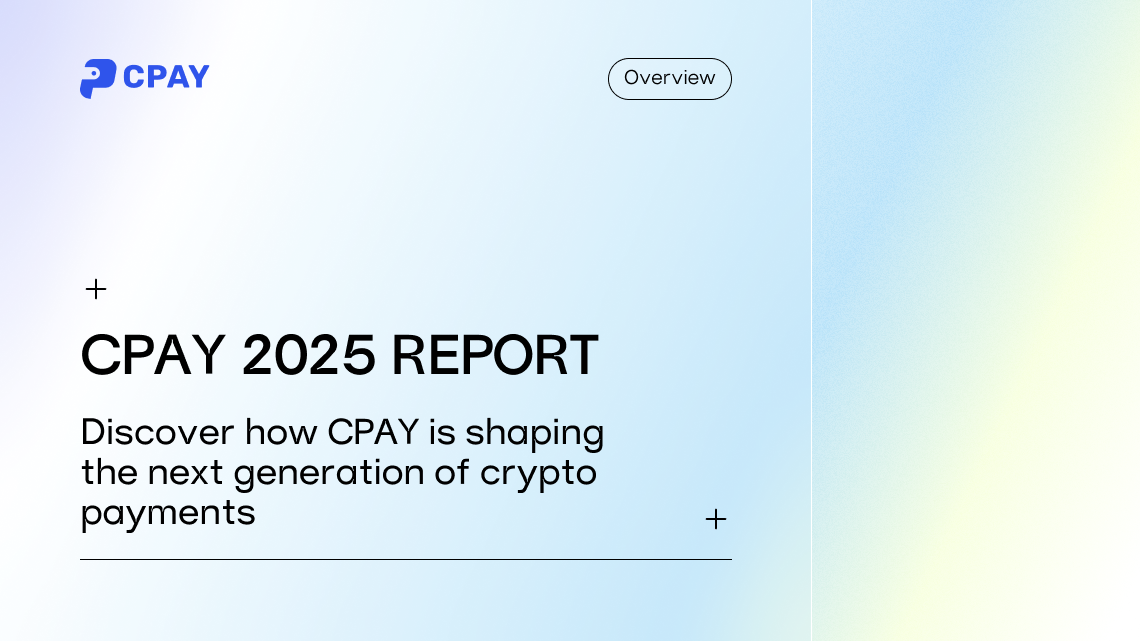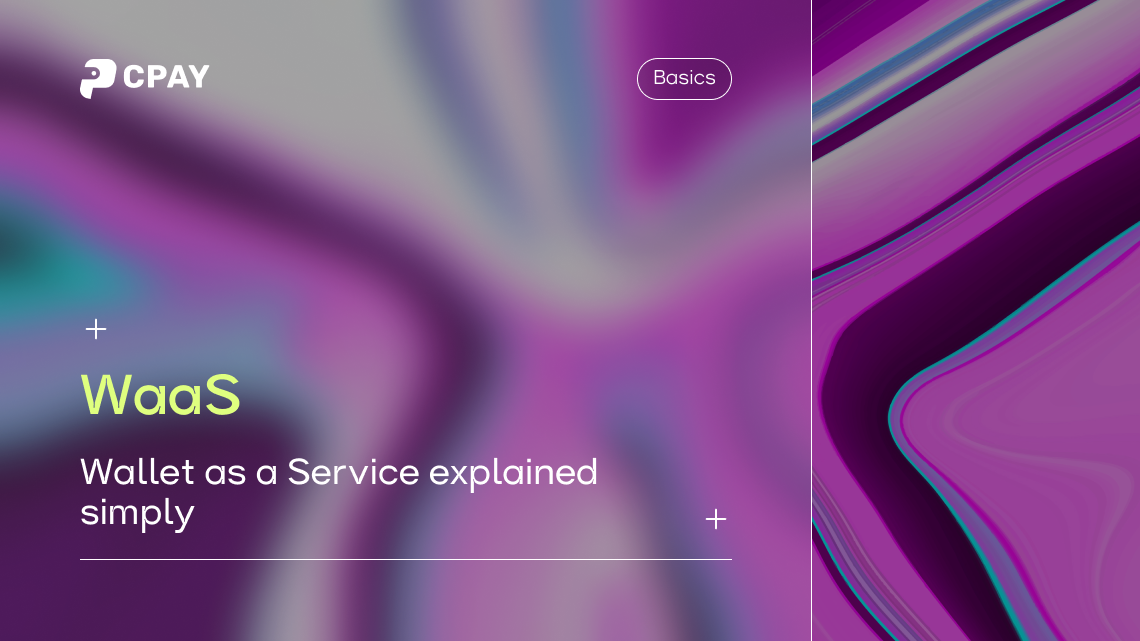In the ever-evolving digital currency world, Bitcoin stands as a trailblazer, introducing the concept of halving Bitcoin, a pivotal event in the cryptocurrency realm. This occurrence, central to Bitcoin's protocol, plays a vital role in shaping the supply and market dynamics of the world's first cryptocurrency. Understanding the crypto halving process, specifically Bitcoin block reward halving is crucial for anyone involved in the crypto halving cycle – from investors and miners to casual enthusiasts. The importance of Bitcoin halving lies in its ability to influence the rate at which new bitcoins are created and released into the market, impacting Bitcoin's overall valuation and long-term viability.
Alongside mining and trading, Bitcoin plays a significant role in the functioning of crypto payment processors. These platforms facilitate Bitcoin transactions, allowing users to send crypto to another wallet, ensuring seamless transfer and management of digital assets. As halving events potentially impact the value and transaction fees of Bitcoin, they also indirectly affect the operations of crypto payment processors.
What Is Bitcoin Halving?
At the heart of the Bitcoin network lies a critical event known as Bitcoin halving. This event, integral to the protocol, occurs approximately every four years, effectively reducing the Bitcoin block reward halving by half. It's a unique aspect of Bitcoin's design, implemented to control the creation and distribution of new bitcoins, much like the scarcity of natural resources like gold controls their value.
Bitcoin halving originated from Bitcoin's innovative approach to imitating the scarcity and value retention observed in precious resources. Unlike traditional fiat currencies, which governments can print in unlimited quantities, Bitcoin's total supply is capped at 21 million coins. Through the halving process, the rate of new Bitcoin creation is halved, ensuring that the total supply is released into the market gradually, thus maintaining its long-term value and scarcity.
Understanding what Bitcoin halving is provides a window into the economic model that differentiates Bitcoin from other currencies. It's a deliberate feature embedded by Bitcoin's creator to make Bitcoin a deflationary asset. This halving process is crucial in managing Bitcoin's inflation rate, making it a unique and valuable asset in the digital currency landscape.
The Mechanism Behind Bitcoin Halving
Understanding how Bitcoin halving works requires investigating Bitcoin mining, which secures the network and validates transactions, including those where users send crypto to another wallet. Every transaction is verified by miners, who are rewarded in bitcoins for their computational efforts. Halving impacts these rewards, influencing the overall efficiency and incentive for transaction validation.
Every 210,000 blocks, or approximately every four years, the Bitcoin network undergoes a significant change known as the halving event. This event halves the block reward for mining, effectively reducing the number of new bitcoins entering the system by half. For instance, the first halving event reduced the mining reward from 50 to 25 bitcoins per block. This is a crucial aspect of Bitcoin's deflationary model, designed to control the rate of new Bitcoin creation and ensure the currency's long-term value and scarcity.
The implications of halving are profound, especially for the mining community. As the reward for mining decreases, it impacts miners' profitability, potentially leading to changes in the mining landscape. Some miners might find the reduced rewards less economically viable, affecting the number of active miners and, consequently, the network's security. However, this reduction in supply, coupled with sustained or increased demand, is central to Bitcoin's value proposition, positioning it as a digital equivalent to gold in the cryptocurrency space.
Historical Overview of Bitcoin Halving
The first Bitcoin halving occurred in 2012, marking a landmark moment in Bitcoin halving history. This event reduced the block reward from 50 to 25 bitcoins, setting a precedent for future halving and signaling a new era in Bitcoin's economic model. The aftermath of this halving was closely watched, as it significantly impacted Bitcoin's market dynamics and price movements.
Subsequent Bitcoin halving in 2016 and 2020 followed this pattern, reducing the mining reward to 12.5 and then to 6.25 bitcoins per block, respectively. Each halving event brought with it heightened attention and speculation within the crypto community, focusing on potential impacts on Bitcoin's price and the broader market. An examination of the Bitcoin halving chart reveals a pattern of price increases post-halving, although other market factors also influence these trends.
The anticipation of the next Bitcoin halving continues to generate interest and speculation. The BTC halving dates are closely monitored, as key moments have historically affected the Bitcoin market. The Bitcoin halving schedule provides a timeline for these events, allowing investors and enthusiasts to track and predict market movements and trends.
Long-term Predictions and Theories of Bitcoin Halving Date
The Impact of Reduced Supply on Price
One of the central theories in long-term predictions following a Bitcoin halving is the impact of reduced supply on Bitcoin's price. The basic economic principle of scarcity suggests that as the rate of new Bitcoin creation halves, its scarcity increases, potentially driving up the price. This theory hinges on the demand for Bitcoin remaining constant or increasing despite the decreased pace of new Bitcoin entering the market. Many experts predict a bullish future for Bitcoin based on this supply-demand dynamic, especially considering Bitcoin's capped supply and growing mainstream acceptance.
Adapting Bitcoin Mining Halving Strategies and Network Security
Post-halving, a significant theory revolves around how miners adapt their strategies and the impact on Bitcoin's network security. The halving reduces mining rewards, potentially making mining less profitable for some miners. This could lead to a decrease in the number of miners, which might affect the security and decentralization of the Bitcoin network. However, if the price of Bitcoin increases following a halving, it could offset the reduced block reward, encouraging miners to continue their operations. The resilience and adaptability of Bitcoin's mining community are often cited as key factors in maintaining the network's robustness.
Market Speculation and Investor Behavior
Another critical area of focus in halving trading and investment strategies centers on market speculation and investor behavior. The halving event generated significant media attention and public interest, increasing market speculation. Investors and traders often look to historical halving events to inform their strategies, although the unique circumstances surrounding each halving make it challenging to draw definitive conclusions. The speculative nature of Bitcoin investments around halving events contributes to market volatility, making it a critical factor for traders to consider in their decision-making process.
Halving Trading and Investment Strategies
Understanding the nuances of market changes during and after halving events is crucial for those engaged in halving trading. The approach to navigating these changes, including Bitcoin split considerations and split date strategies, requires informed decision-making and strategic planning. Investors and traders should pay close attention to Bitcoin halving news and updates for insights into market trends.
Navigating Market Volatility
For investors and traders, the halving event presents an opportunity to reassess their portfolios. This might involve crypto swaps – exchanging one cryptocurrency for another. During halving-induced volatility, strategic swaps can be a tool for managing risk or capitalizing on market trends.
Diversification and Risk Management
Effective trading and investment strategies in the context of a Bitcoin halving also involve diversification and risk management. Given the increased volatility around halving events, diversifying investments across different asset classes can help mitigate potential losses. Additionally, setting clear investment goals and risk tolerance levels can guide investors in making more measured and informed decisions during these times.
Staying Informed and Adapting Strategies
Finally, staying informed about the latest Bitcoin halving news, technological developments in mining, and broader market trends is vital. Investors and traders must be agile and ready to adapt their strategies to new information and market developments. Keeping a close eye on the Bitcoin halving schedule and global economic trends can provide valuable insights for making informed investment decisions.
When is the Next Bitcoin Halving?
The next Bitcoin halving is a highly anticipated event in the cryptocurrency world, projected around 2024. This upcoming crypto halving continues to draw attention and speculation among investors and enthusiasts alike. As we approach this milestone, the Bitcoin community recently celebrated another significant achievement: mining the 800,000th block. This event marks yet another step towards the next halving, symbolizing the ongoing growth and resilience of the Bitcoin network.
In the broader context of Bitcoin's finite supply, it's crucial to note that there will only ever be 21 million Bitcoins. More than 19 million Bitcoins have already been mined, leaving fewer than 2 million left to be created. This scarcity is an integral part of Bitcoin's appeal and value proposition. The Bitcoin protocol periodically reduces the number of new coins earned by miners through the process of halving. This mechanism ensures a controlled and gradually diminishing flow of new Bitcoins into circulation, reflecting the principles of scarcity and deflationary supply.
The significance of the approaching halving event cannot be overstated. It represents a technical adjustment and a pivotal moment that will impact the rate of new Bitcoin creation and, consequently, its overall market dynamics. The halving is expected to influence everything from mining profitability to investor strategies, making it a focal point for discussion and analysis within the cryptocurrency community.
Conclusion — What Happens When Bitcoin Halves?
In summary, the importance of Bitcoin halving extends across various dimensions of the cryptocurrency world. It affects Bitcoin's supply, influences market dynamics, shapes mining operations, and guides investor behavior. Understanding the intricacies of what is Bitcoin halving, crypto halving, and what bitcoin halving means is essential for anyone involved in the cryptocurrency space. As we look forward to future halvings, their impact on the cryptocurrency market and the digital economy remains a topic of keen interest and ongoing analysis. The anticipation and speculation surrounding these events continue to highlight Bitcoin's significance in the evolving landscape of digital currencies.








